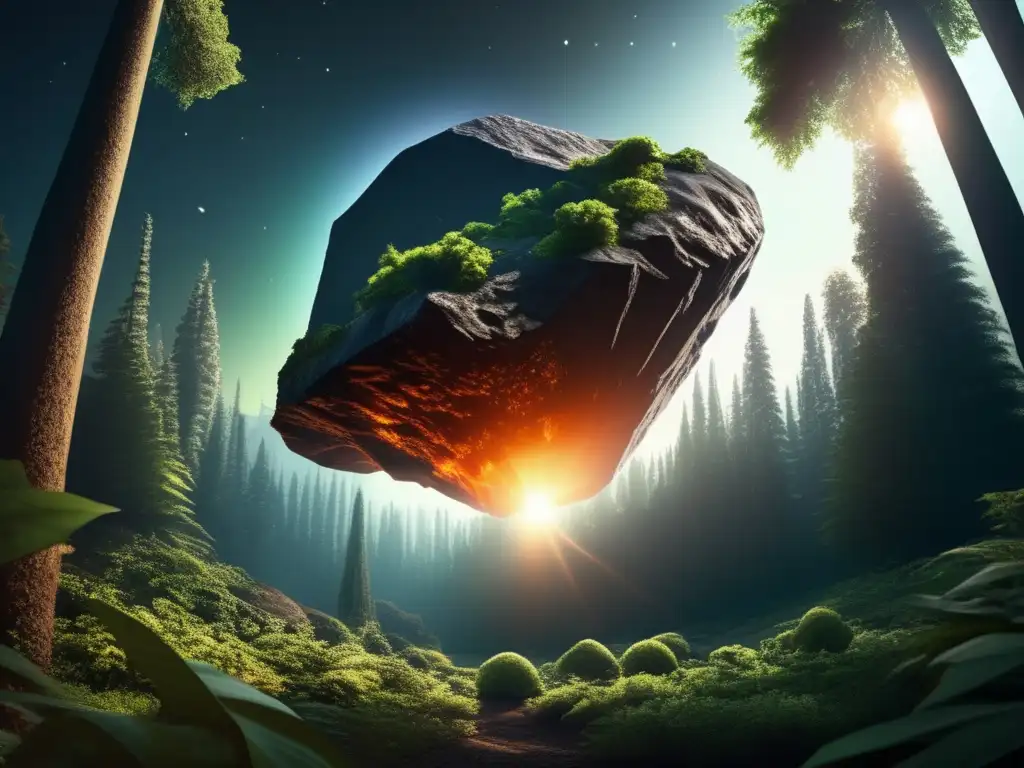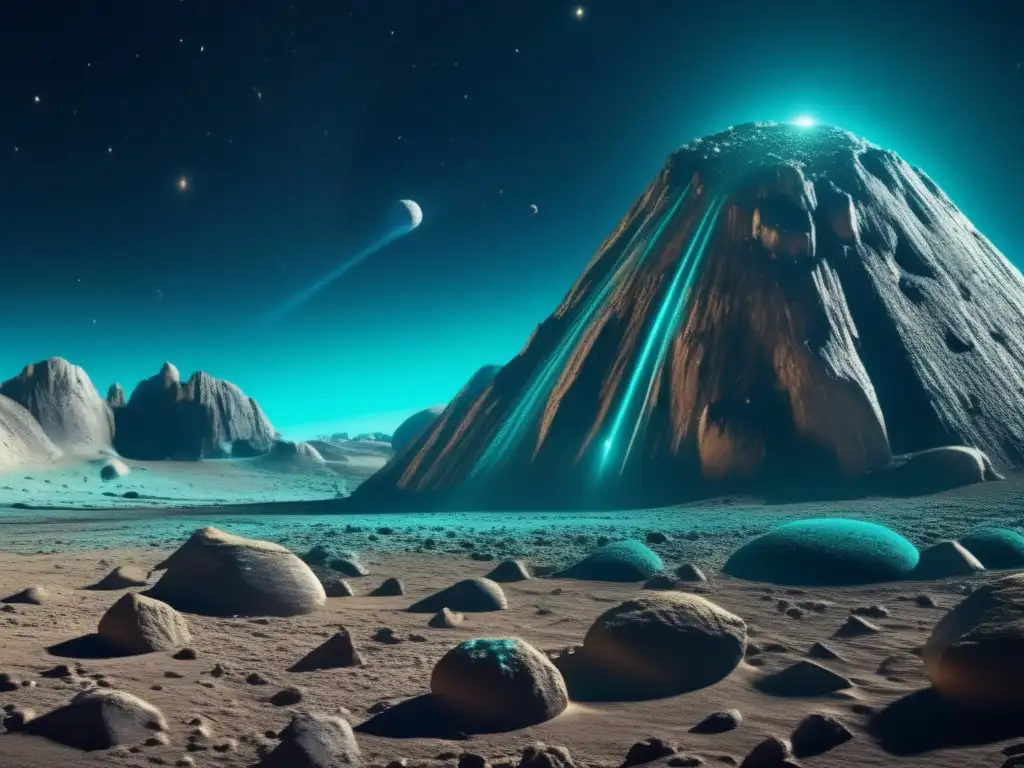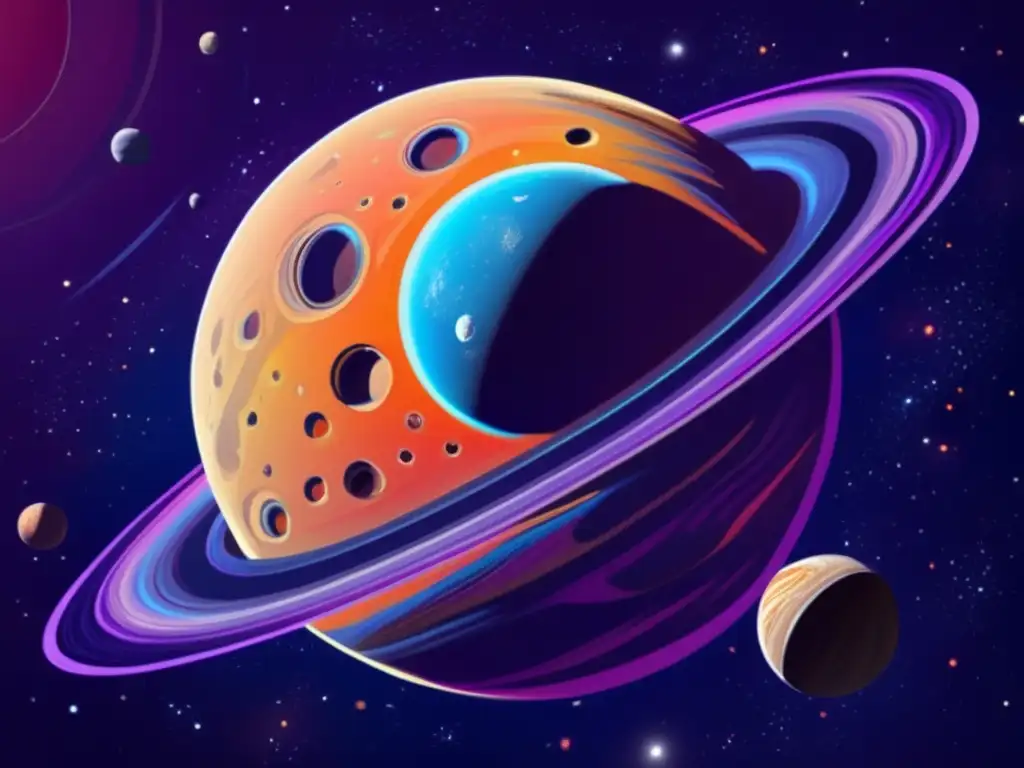What Makes Asteroid Flora Unique?

Introduction
Among the vast array of celestial objects that populate our solar system, asteroids hold a special place. These rocky remnants from the early days of our planetary system have captured the imagination of astronomers and enthusiasts alike. Each asteroid has its own unique characteristics, and one such fascinating asteroid is Flora. In this article, we will explore what makes asteroid Flora so unique and delve into its history, composition, and cultural significance.
Discovery of Flora

Early Observations
Asteroid Flora was first discovered by astronomer John Russell Hind on October 18, 1847. It was the eighth asteroid to be identified in our solar system. Hind spotted Flora while observing from the Royal Greenwich Observatory in London. Its discovery marked an important milestone in the study of asteroids and paved the way for further exploration and understanding of these celestial objects.
Physical Characteristics
Flora belongs to the main asteroid belt located between Mars and Jupiter. It has an irregular shape and measures approximately 140 kilometers in diameter. The surface of Flora is composed of various minerals and rocks, primarily silicates. Its composition suggests that it originated from the inner regions of the protoplanetary disk during the early stages of the solar system's formation.
Flora's Orbit
Flora follows an elliptical orbit around the Sun, with a semi-major axis of about 2.2 astronomical units (AU). It takes approximately 3.27 Earth years (1192 days) to complete one revolution around the Sun. The tilt of Flora's orbit relative to the ecliptic plane is relatively small, indicating a stable orbital path.
Cultural Significance

Mythological Influences
Asteroids, including Flora, have often been associated with mythological figures and stories. In Roman mythology, Flora was the goddess of flowers and spring. The naming of the asteroid after her symbolizes the fascinating connection between the natural world and these celestial bodies. It showcases the continuous inspiration that ancient beliefs provide for modern scientific endeavors.
Asteroid Exploration Missions
Flora has become a subject of interest in several space missions aiming to explore and study asteroids. Japan's Hayabusa2 mission, launched in 2014, carried out a successful rendezvous with asteroid Ryugu and collected samples to bring back to Earth. The mission provided valuable insights into the composition and origin of asteroids like Flora. Additionally, NASA's OSIRIS-REx mission is currently studying asteroid Bennu, another member of the main asteroid belt, offering further opportunities to unravel the mysteries of our cosmic neighborhood.
Potential Future Impacts
Studying asteroids like Flora also serves a crucial role in understanding potential threats to our planet. While the likelihood of Flora colliding with Earth is low, it highlights the importance of monitoring and tracking near-Earth asteroids. By studying their composition and trajectories, scientists can develop strategies to protect our planet from potential impacts and mitigate any potential risks.
Frequently Asked Questions

-
Q: What is the size of asteroid Flora?
A: Asteroid Flora has a diameter of approximately 140 kilometers.
-
Q: Where is asteroid Flora located?
A: Flora can be found in the main asteroid belt between Mars and Jupiter.
-
Q: What is the origin of asteroid Flora?
A: Flora originated from the inner regions of the protoplanetary disk during the early stages of the solar system's formation.
-
Q: Are there any missions planned to study asteroid Flora directly?
A: Currently, there are no specific missions targeted at studying asteroid Flora directly.
-
Q: Could asteroid Flora pose a threat to Earth?
A: While the chances of Flora colliding with Earth are low, continuous monitoring of near-Earth asteroids is crucial to assess potential risks.
Conclusion
Asteroid Flora stands out among the countless celestial objects in our solar system due to its unique composition, cultural significance, and role in scientific exploration. Its discovery and subsequent study have broadened our understanding of the origins and evolution of our cosmic neighborhood. As we continue to unlock the secrets of asteroids like Flora, we gain invaluable insights into the formation of our solar system and our place within it. Let us cherish these celestial wonders and strive to protect our planet from the potential risks they may pose.
Thank you for taking the time to explore the uniqueness of asteroid Flora with us. We encourage you to share your thoughts and contribute to the discussion on www.asteroidrealm.com. Feel free to subscribe to our newsletter for more fascinating articles and share this information with others who may find it intriguing. Together, let's unravel the mysteries of asteroids and embrace the wonders of our celestial realm.
Additional Resources

For further reading on asteroids and related topics, please visit the following resources:
 Understanding Asteroid Lachesis
Understanding Asteroid Lachesis The Scientific Relevance Of Asteroid Briseis
The Scientific Relevance Of Asteroid Briseis Exploring The Unique Features Of Asteroid Sylvia
Exploring The Unique Features Of Asteroid SylviaIf you want to discover more articles similar to What Makes Asteroid Flora Unique?, you can visit the Asteroid Profiles category.
Leave a Reply

Articulos relacionados: